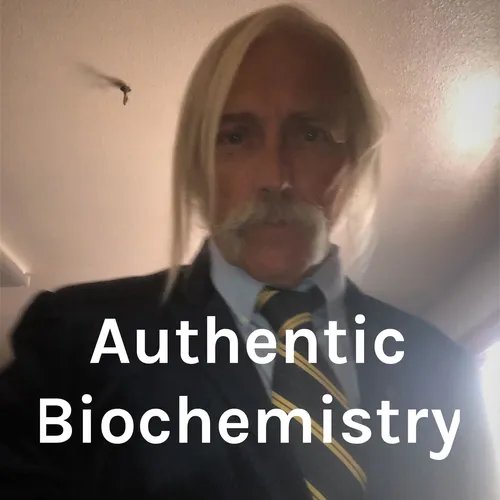What T -cell Acute Lymphoblastic Leukaemia and Senescing microglial CNS disease have in common relate to Notch and Glucocorticoid signaling. DJGPhD 07 December 2020
- Author
- Dr Daniel J. Guerra
- Published
- Tue 08 Dec 2020
- Episode Link
- https://podcasters.spotify.com/pod/show/dr-daniel-j-guerra/episodes/What-T--cell-Acute-Lymphoblastic-Leukaemia-and-Senescing-microglial-CNS-disease-have-in-common-relate-to-Notch-and-Glucocorticoid-signaling--DJGPhD-07-December-2020-engjdm
Aging and chronic stress can obtain activation of CNS-resident microglia and astrocytes, that produce type 1 interferons (T1 IFNs) which signal through the heterodimeric IFN-α/β receptor (IFNAR) where receptor binding of T1 IFNs activates the JAK/STAT thus inducing IFN-stimulated genes (ISGs) which mediate both pro- and anti-inflammatory functions depending upon the cellular micro-environment.
Now consider how aging is linked to elevated & activated leukocyte counts and it becomes clear that this is a patho-biochemical phenocopy to T cell acute lymphoblastc leukaemia (T-ALL) where signaling through Notch, Jak/Stat, PI3K/Akt/mTOR, and MAPK are shared.
IL7-induced glucocorticoid resistance is diagnostic of certain subtypes of T-ALL and this is also associated with the senescence associated secretory phenotype of aging-linked morbidity and mortality.
Finally, consider that chronic CNS stress leads to increased glucocorticoid production leading to a suppression of cell adhesion protein thus corrupting synaptic plasticity, memory re-formation, and cognitive acuity while promoting sarcopenia by stimulating proteasomal removal of contractile proteins and inhibiting the PI3-kinase/Akt pathway. Glucocorticoids also prevent IL-2 synthesis and secretion thus causing immune suppression by blocking T cell activation.
J Neuroinflammation. 2019; 16: 236.
Cytokine & Growth Factor Reviews, 22 Apr 2017, 35:85-96
